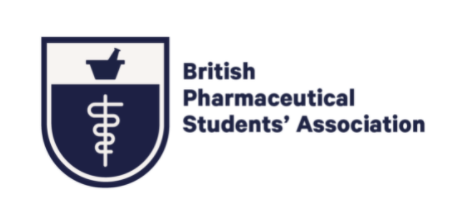CVs and Cover Letters
CVs
First impressions count
Ensure your CV is formatted correctly and professionally.
Use the same font throughout your CV, and ensure it is appropriately sized.
Start off with your name, address, and email address; if you forget these you are making it more difficult for a potential employer to know who you are or even contact you again.
Don’t forget the details
Try to avoid just including a bullet point list of your experiences and qualifications, instead include as many details as possible about each of these experiences and qualifications.
When listing previous jobs/positions don’t forget to include what that job entailed and what responsibilities you had.
Tailor your CV depending on the role you are applying for; e.g. for hospital roles, include details of any clinical experience.
Don’t forget to include your work experience/summer placements, these help to show that you have been willing to experience a variety of workplace settings.
If your employment history contains any long gaps then provide some detail as to what you did during this time, even if it isn’t related to your career e.g. a year spent travelling.
However there is one important rule, always keep your CV under 3 pages long.
Referees
Don’t forget to include your referees! Try to have at least two referees where possible.
Most graduates tend to have one previous employer and one academic reference.
Always make sure that you have spoken to your referees and that they are happy to provide a reference for you, also inform them that they may soon be asked to complete a reference.
Cover Letters
The basics
Make sure that you know the job specification/description, and what they are looking for in a candidate, this information is often advertised along with the role.
Format the document as a standard letter, their address on the left and your address on the right.
If you don’t know who the cover letter is going to then use formal introduction such as “Dear Sir or Madam.”
Make a good start
Introduce yourself with your own current position, your career goals, and why you are applying for the position.
Include in your introduction what research you have done into the organisation, who you have spoken to, and if you have visited the organisation previously.
Sell yourself
Make sure to sell yourself with your key skills and experiences that are relevant to the role you are applying for.
Don’t be afraid to use examples from pharmacy placements, university, part-time work and extracurricular activities that you’ve undertaken.
If you don’t have a large wealth of experience in paid employment it can be useful to draw upon any voluntary experience you have.
The experiences you identify in your cover letter should also be on your CV, but do not copy and paste from one document to the other; reword each differently where possible.
Close with a summary
Much like any good presentation, summarise why you feel you are a good fit for the role, based on your skills and experience previously stated.
Include details on how and when you can be contacted with regards to arranging an interview and then make sure you are available when you say you will be available.
Sign off the letter professionally with “Yours sincerely” (to a specific person) or “Yours faithfully” (to an unnamed person), followed by your name.

